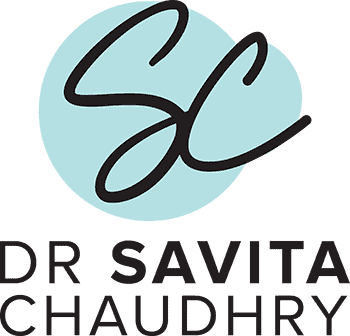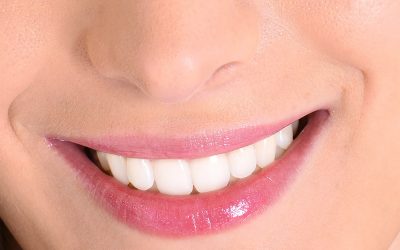When you book an appointment to see your orthodontist, you are more probably looking to get your teeth straightened. But, you should also know that a perfect bite contributes to that charming smile, and providing that ideal bite is also within the realm of an orthodontist’s profession. When we say proper teeth bite or normal teeth bite, we are not talking about the food that you chew but it is the way that your bottom and top teeth fit together in the mouth for what the dentist call “occlusion”. Although many people suffer congenital issues with their smile, for some of them it may not be a huge problem. Malocclusion or bad bite however can lead to other dental issues like uneven wearing down of the teeth, pain in the jaw joints, headaches, and muscle problems.
Embrace your teeth’s perfect bite, for it’s a smile that brings harmony to your face and joy to the world.
How should your teeth line up and what is a perfect bite
By design our teeth should fit together with near perfection in a specific pattern. When you see an orthodontist for evaluation of your bite, he/she will evaluate your bite from three distinct angles, the side, the front, and the full arch view.
The front
What we see in a mirror is the front view of our teeth when we are cleaning our teeth in the morning. The edges of the top teeth follow the curve on the bottom lip when you have an ideal bite. When you clench your teeth together, nearly all the bottom teeth (about 90%) need to be visible. When the upper teeth are covering your bottom teeth extensively, it results in a ‘deep bite’ and can cause damage and wearing down of your teeth. An ‘open bite’ on the other hand is when the front teeth are not overlapping at all and the only contact is on the back teeth.
The side
Examining the bite from the sides can be difficult without the help of another person. Like the cogs of a wheel, your teeth should meet together. The upper teeth pointed ends should perfectly fit between two bottom teeth and the upper teeth needs to sit marginally in front of the lower teeth. If the lower teeth sit in front of the upper teeth, this is commonly called a ‘reverse’ or “under” bite, and if the lower teeth sit too far behind the top teeth, this is commonly called an “overbite”.
Arch view
It is somewhat difficult to define an arch view. But, you can understand what you will see when your mouth is wide open and are looking at the top of the lower or bottom part of the upper teeth. At this angle, each tooth should touch the next tooth without any space between them.
Should the front teeth be longer?
Generally, the front teeth will be longer than the bottom teeth when you have an ideal bite. Proportional aesthetics also play a part. According to dentistry if the ratio of width to length is 78% the front teeth are about 1.29 times longer than their width and are reckoned as aesthetically pleasing.
Importance of an ideal bite
Having your teeth properly aligned is important not only for a captivating smile but also for enhancing your oral health, apart from reducing the risk of dental problems like tooth decay, tooth wear, and gum disease. An experienced orthodontist can examine your cosmetic appearance and bite and advise you on measures to improve your smile. Finding a specialist orthodontist is a desirable option to get the best advice.
What your orthodontist will assess
Your orthodontist will assess the following factors during your appointment for bite problems and smile enhancement.
- Whether your teeth are too short or too long
- Whether your bite is too short, too deep, open, etc.
- Do your teeth follow the lines of the lips
- Is a good midline present?
- Is the bite function ideal?
- Is your smile beautiful?
- While chewing or biting, do the teeth properly come together?
- Does your compliment the rest of the face
- Are there any jaw issues present and potential threats in future?
Choosing your orthodontist
When you have bite problems or other oral health issues, you are better off consulting a specialist orthodontist. An experienced specialist orthodontist has multiple options to correct your bite and bring back your charming smile.
What is an ideal bite defined by orthodontists?
According to orthodontists, having straight teeth not only allows a perfect smile but also helps in keeping many oral health issues away. Even when you see your teeth as straight as you are looking in a mirror, there can still be small issues with your bite, and getting a good view of your teeth from various positions can identify potential problems with the alignment. But, this would not be adequate to effectively determine if the alignment needs a specialist’s attention. When your orthodontist achieves your ideal bite, he may advice retainers, ceramic braces, clear aligners, or lingual braces to ensure the ideal bite.




